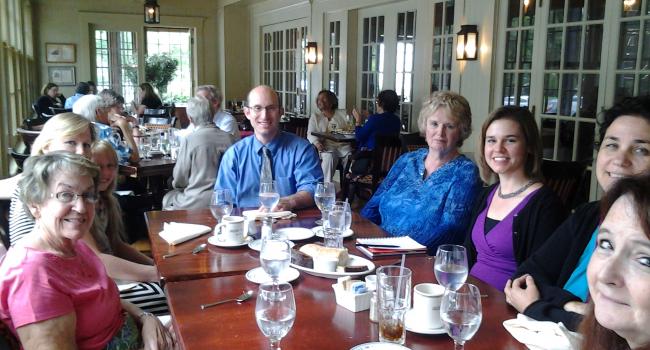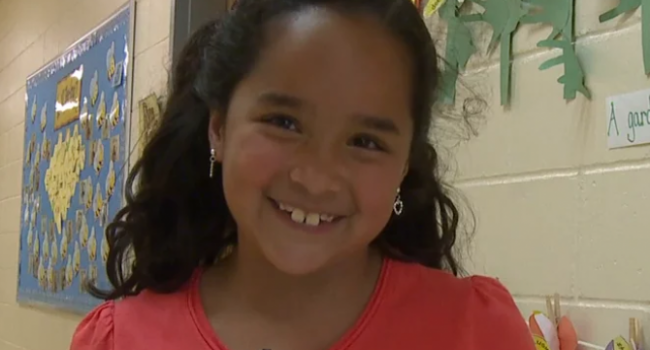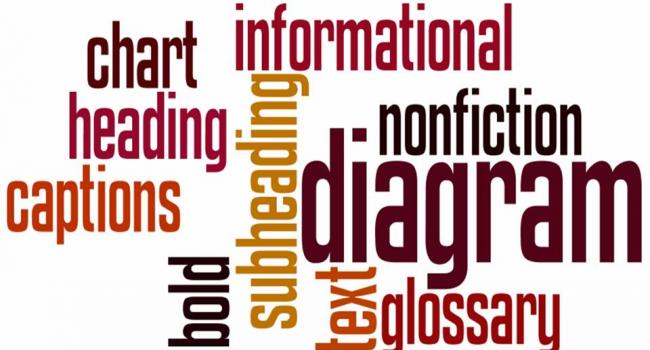In my 2013 school year kickoff blog post, I’d like to share some information about several initiatives taking place on the Common Core for ELLs in New York State.
ELL expert Judith O’Loughlin shares some strategies for using picture books across the curriculum with students of all ages in order to master the Common Core anchor reading standards.
More new resources that will support ELLs with instruction aligned to the Common Core State Standards. This time, the new resources come in the form of Resource Guides for scaffolding the instruction of ELLs. I’ll tell you what the Resource Guides are, how they were developed, and I'll highlight some features of each.
This week, in Part II & Part III of our series, we’d like to provide you with a concrete example of how to scaffold Socratic circles for ELLs based on a specific text and walk you through the activity step by step.
In the first two posts in our series about using Socratic Circles (or Socratic Seminars) with English language learners (ELLs), we provided an overview of the activity and offered some ideas for how to do a close read of Paul Revere's Ride by Henry Wadsworth Longfellow. Now that you’ve prepared your ELLs, it’s time to implement the Socratic circle.
In part one of this three-part series, Diane shares some strategies for fostering English language learners’ (ELLs) oral language as part of Common Core-based instruction. Her focus is be on practical strategies for including ELLs in Socratic circles (also known as Socratic seminars).
This two-part post will focus on some aspects of teaching informational text to ELLs. Part I will share background considerations and strategies regarding informational text, first providing a basic foundation about informational text for all students and then narrowing my focus to include a few specific strategies about teaching informational text to ELLs.
I want to examine some ideas for using text-dependent questions with ELLs. Since I’m a big fan of writing two-part blog posts, first I’ll outline some big picture issues in terms of what TDQs are and some considerations in writing TDQs for ELLs.








